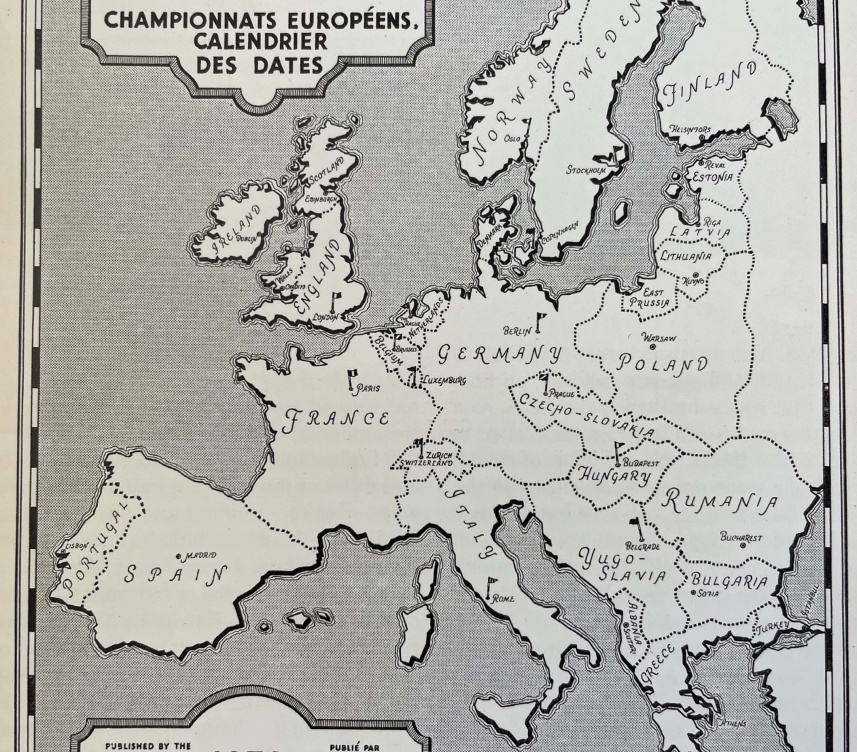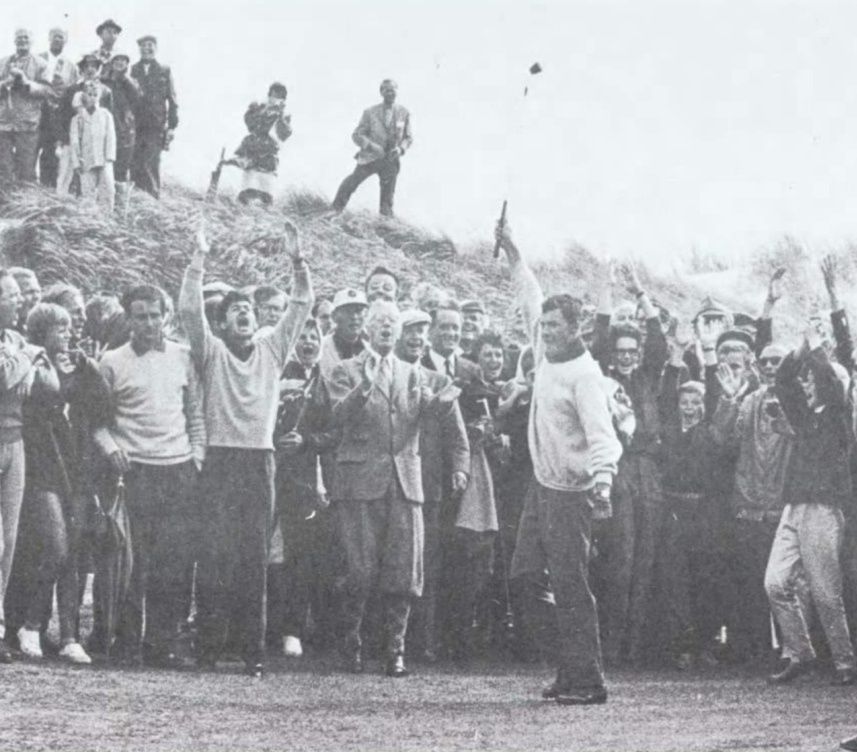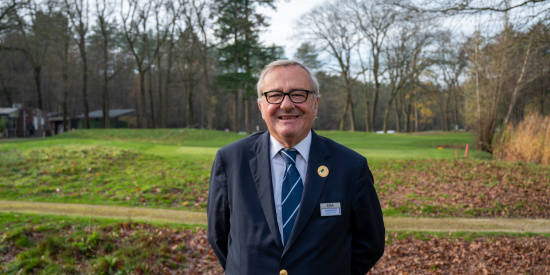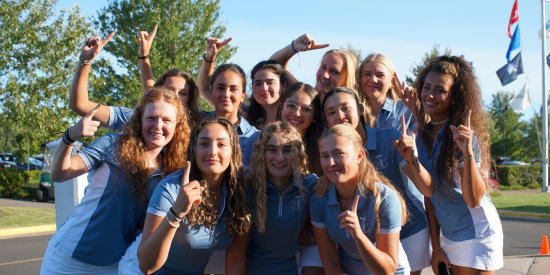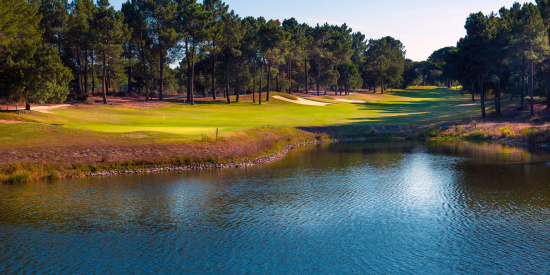
The Beginning
In the early 20th century, as golf began to gain widespread popularity across Europe, the need for a unified body became evident. On 20 November 1937, visionaries from 11 European countries gathered in a historic meeting, hosted at the Golf-Club Grand-Ducal de Luxembourg, to establish the foundation for what would become the European Golf Association (EGA).
At a time when international relations were evolving rapidly, the founders recognized the influential role of sports in cultivating unity and mutual understanding. The EGA was officially formed, transcending national boundaries to create a platform for collaboration, competition, and the general celebration of the game of golf. The 11 founding countries of the EGA included:
|
|
|
|
|
|
|
|
|
|
|
|
One of the main discussions during the inaugural meeting in Luxembourg was the coordination of championship dates in Europe so that they followed on from each other seamlessly and allowed players to attend more international events. The promotion and development of golf at a national and international level became one of the most important tasks of the new organization.
On 12 November 1938 the delegates met for their second annual meeting and, once again, Luxembourg acted as host. All 11 founding nations were present, plus Denmark, Norway, Scotland, Sweden and Yugoslavia who were accepted as new members, showing the growing relevance of the EGA.
At this meeting it was also decided to publish a booklet in spring 1939 announcing all international championships of the upcoming season and providing relevant contact addresses for registration.
The Second World War
The EGA grew significantly in its inaugural years although its seemingly bright future was interrupted by the outbreak of the Second World War. Who would have thought that it would then take another 11 years before EGA delegates would meet again? Europe was at war and all activities of the EGA were postponed.
The first post-war meeting took place on the 12th of January 1949, in Brussels. Delegates from Belgium, France, Great Britain, Italy, Luxembourg, Netherlands, Switzerland and Spain (not yet an EGA member) were present while the Scandinavian countries were unable to attend due to travel difficulties. Attendees of the meeting agreed that it was time for a revival of the EGA activities and the first discussions about introducing a European Championship were held. At the second post-war meeting, on 12 November 1949 in Luxembourg, it was decided that it was premature to organize such an event and that the matter would be left open for further consideration. Although, following a proposal from France, triangular and quadrangular matches were held in the early ‘50s.
1959: The First European Championships
1959 marks an important year in the EGA history and some refer to this time as the true coming of age of the EGA. This year, the EGA coordinated the European Amateur Team Championship for the first time in Barcelona (Spain) and the European Ladies’ Team Championship in Cologne (Germany), and awarded Sweden and France with the championship title of these inaugural championships. Teams from GB&I kicked off a string of victories when they started their participation in the European Amateur Team Championship in 1963.
1963 European Amateur Team Championship, Falsterbo (SWE)
Over the decades, the EGA’s championship roster grew in numbers and significance. To name a few, the European Amateur and Ladies’ Amateur Championships were added in 1986; the European Boys’ Team Championship (Jean-Louis Dupont Trophy) was introduced in 1980; and European Girls’ Team Championships was instituted in 1991. The organization of European Championships and International Matches has always been part of the EGA’s core business.
Today, the EGA is composed of 50 members and is governed by more than 30 volunteer officials who form its Executive, Championship, and Handicapping & Course Rating Committees. It organizes over 20 international events each year and hosts an international calendar with close to 200 events that is widely used by European golfers. The EGA is also responsible for the oversight, implementation and administration of the World Handicap System (WHS) in Continental Europe and collaborates closely with its members and other international stakeholders on various topics including Environmental Sustainability.
The founding of the EGA stands as a testament to the enduring spirit of collaboration and the shared passion that bring together golfers across diverse cultures in Europe, while respecting the autonomy of each member country.
Based on entries in the EGA History Book published in 2012
